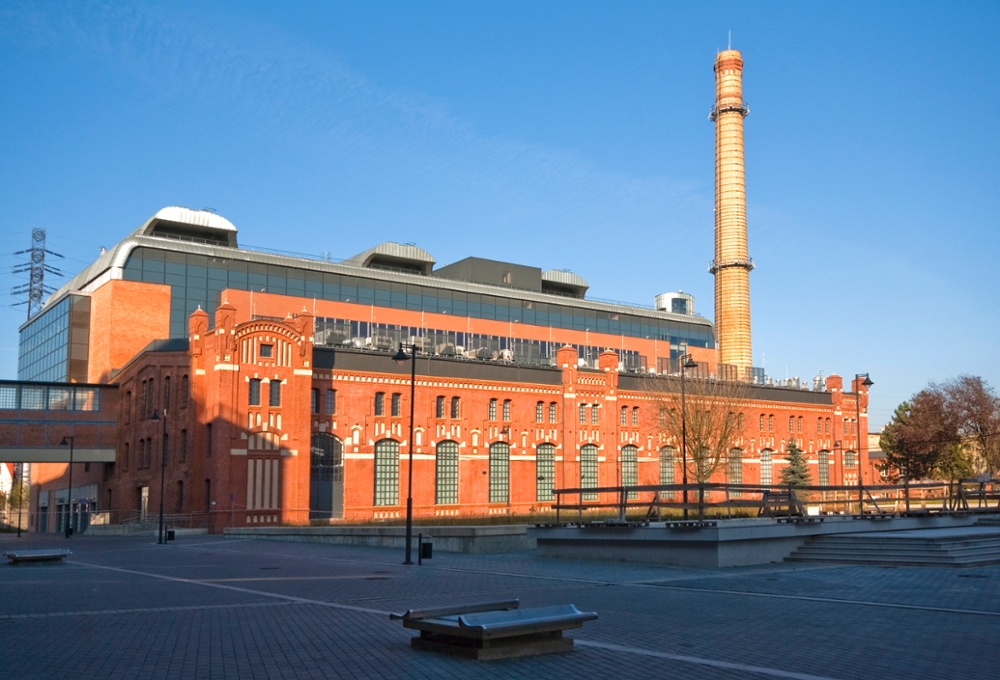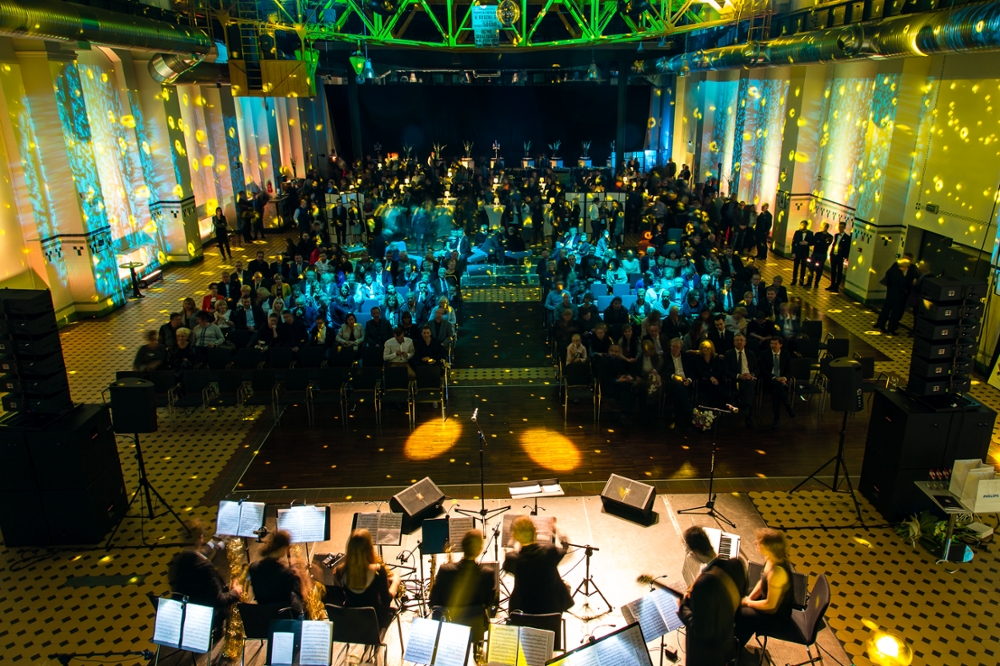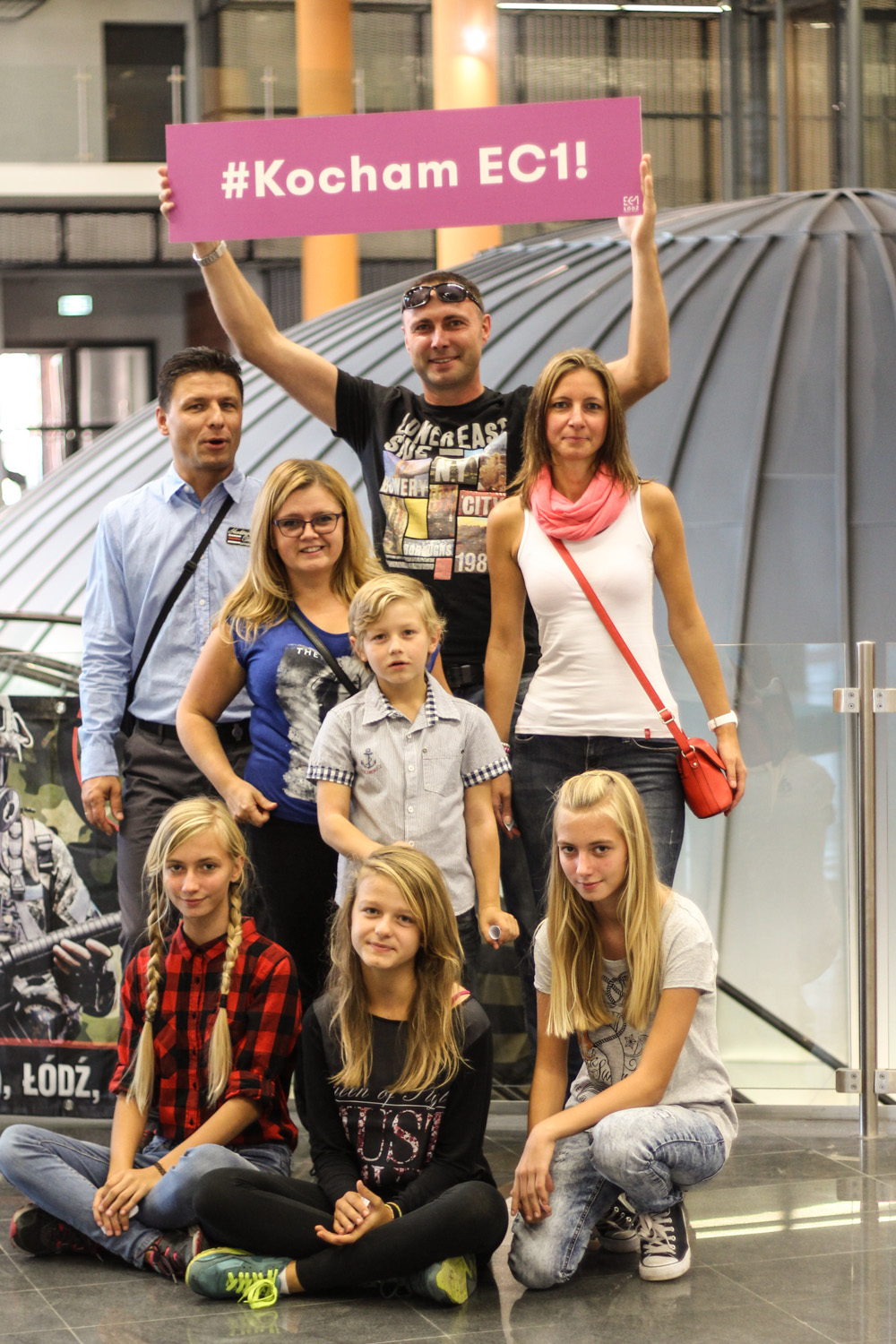Since January 100,000 people sat beneath the 14m-diameter spherical screen of the new Planetarium in Łódź, gazing up at images with a resolution eight times the picture quality of high-definition TV and showing the movement of tectonic plates, air masses, volcanic activity, ocean temperatures, and the ozone layer.
The pictures are so good the viewers might forget they’re on Earth. Certainly it’s easy for them to forget that they’re in a former power plant that’s at the heart of a transformation of the city’s centre. EC1 Łódź City of Culture runs the Planetarium, as well as the National Centre of Film Culture and the Science and Technology Centre from the same building. “EC1 Łódź is an experiment on a large scale,” says Michał Kędzierski, EC1’s head of social communication. “We want it to become a place where people can spend time in an intelligent way. We hope it will become a perfect alternative to spending time in a shopping centre and a driving force that makes Łódź grow, strongly connected with its identity.”
Built in 1907, the plant supplied power to the city until 2001, after which it fell into disrepair. After years of economic decline, this historic centre of the textile industry got support from JASPERS, a technical assistance partnership managed by the European Investment Bank, to help the city become attractive again. These glorious structures have already changed the physical landscape of the city centre.

- The power plant that's now a cultural and scientific centre in Lodz
Energy for knowledge
The Planetarium was the first building to be opened to the public and will serve as a cultural space hosting workshops, art exhibitions and cultural events. During renovation and construction works, all the interesting elements of post-industrial infrastructure in the main buildings were recovered and displayed.
A Science and Technology Centre will open in 2017, in which the structure of the old heat and power plant was maintained. It will display the old steering devices, furnaces, boilers, a turbo generator and a cooling tower, so that visitors can see how coal transported in a conveyor falls into the boiler, burns out, and heats the water to steam, which in turn moves the turbo generator and creates electric power. With original factory equipment and holographic projections, the route teaches the history of energy processing, from coal mining to nuclear power plants.

- The former power plant lights up with an artistic science festival
Other exhibits will include the workings of a wind-power plant, air conditioning, or a plane’s take–off, as well as particle physics, and chemical experiments in outer space.
The Science and Technology Centre is also preparing a separate zone for children so the youngest ones can find something interesting for themselves and stimulate their imagination even more.
The final element of the project, nearing completion, is the National Center of Film Culture. It’s a good addition to a city internationally known for its National Film School, whose alumni include Roman Polanski and Krzysztof Kieslowski.
The cost of the entire project is 265 million zlotys (EUR 66.1 million), of which EUR 20.6 million is co-financed by the EU. JASPERS took part in the environmental impact assessment of the project, and most importantly in the institutional setup of the project and state aid.
Poland's most advanced planetarium

- Visitors to the new EC1 in Lodz
The Planetarium programme includes a monthly Night Sky over Lodz show to highlight real-time astronomical events and constellations. With 110 adjustable seats and space for 140 people, its six projectors and surround-sound are controlled by 12 computers. This equipment allows for a total "immersion" in the image presented on the screen. The spherical screen can also play the role of a huge virtual globe during geography lessons or a meteorology lecture. “The possibilities are practically limitless,” says EC1 Director Błażej Moder.
“We want as many young people as possible, who are interested in the map of the sky or space exploration, to be able to learn using very good equipment,” says Hanna Zdanowska, Mayor of Łódź. Given low average wages in Poland, the Planetarium will be financially accessible to everyone. Tickets for Łódź children - in school groups – are 5 zlotys (the equivalent of EUR 1.16).


